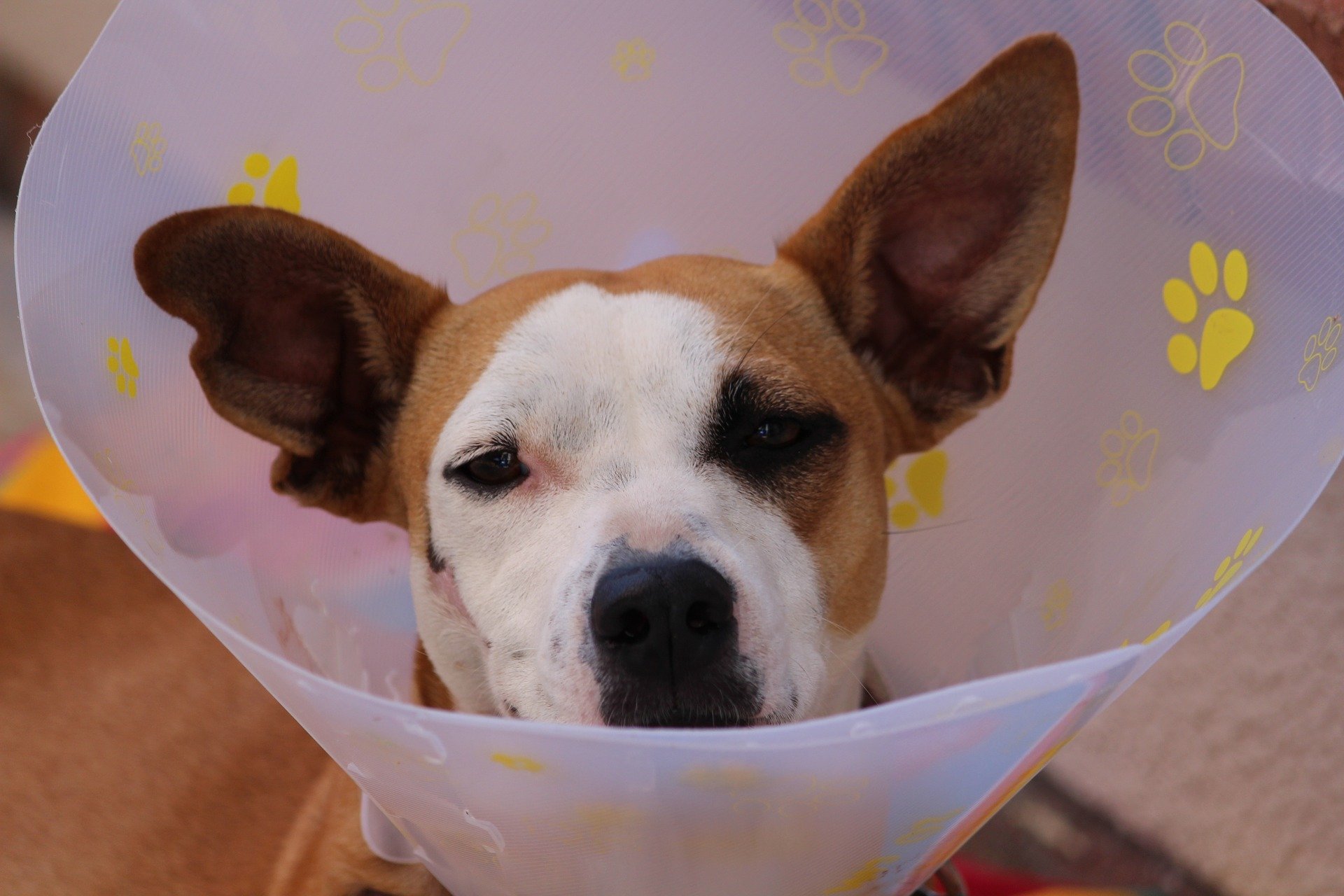Aggressive behavior at the vet’s office makes an already stressful experience into a downright awful one. Though you may initially be embarrassed, don’t worry. Reactive behavior is common when a dog is brought to the veterinarian, and is not an indication of inherent meanness in your dog. It is important we address these problems with compassion and understanding.
If your dog acts out at the vet, know that they aren’t trying to be mean. They are simply scared and overwhelmed, and are trying to protect themselves from possible danger. When at the veterinarian, your pup is surrounded by strange sounds and smells. They can hear other dogs in the facility barking or whining. Unfamiliar people are grabbing and holding your dog tightly, often while poking and prodding them with metal instruments. Any human in this situation would be uncomfortable, so how can we expect our dogs to behave perfectly? It’s important not to punish their behavior, since it is a natural fear response. Instead, the best way to combat biting, growling, or other negative behaviors is to minimize the negative experiences.
Here are some tips to help make your pup excited to go to the vet instead of fearful, and show them that being there is not bad.
- Safety always comes first: If your dog bites or snaps at veterinarians or technicians, get them used to a muzzle. Always put the muzzle on when they are comfortable – whether that is before leaving the car or before leaving the house. Reward your dog heavily with treats, and keep them calm by gently stroking them and speaking softly and reassuringly.
- Practice at home: There are many ways you can incorporate basic processes that your dog will experience at the vet’s in your daily home routine. Hold their paws while they sit or lay with you to get them used to having their feet handled. This also comes in handy when training them to behave while getting their nails trimmed. Your dog may pull away, but hold on; praise them, and give them treats when they relax or ignore your grip. You can also try holding them. Wrap one arm under and around their neck, and one around their hips while they stand in front of you. Have a partner give them treats and praise them while you hold them like this, so that they come to understand this as a normal way of being handled.
- Your veterinarian may be able to help with training: Some vets will allow you to come in for some non-medical adjustment sessions. You can work on rewarding your pup for being held and touched by your vet without aggression. Some dogs do well when they can’t see what’s going on – you and your vet can work on draping a towel over the front half of their body while shots or sedatives are administered. There is no shame in your dog requiring sedatives for every vet visit; some pups are more nervous than others and need the calming medication for everyone to get through the process safely.
Understand that it may be slow going, but it’s not hopeless! With patience and understanding, you and your pup will be able to get through vet appointments without constant stress or anxiety. If you believe your dog needs more help with training and behavior, call the experts at Gulf Coast K9 Dog Training. We are here to help your dog feel safe, confident and comfortable in all situations.





